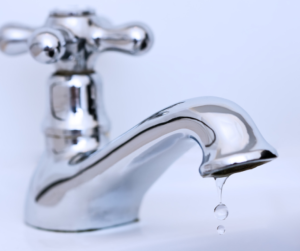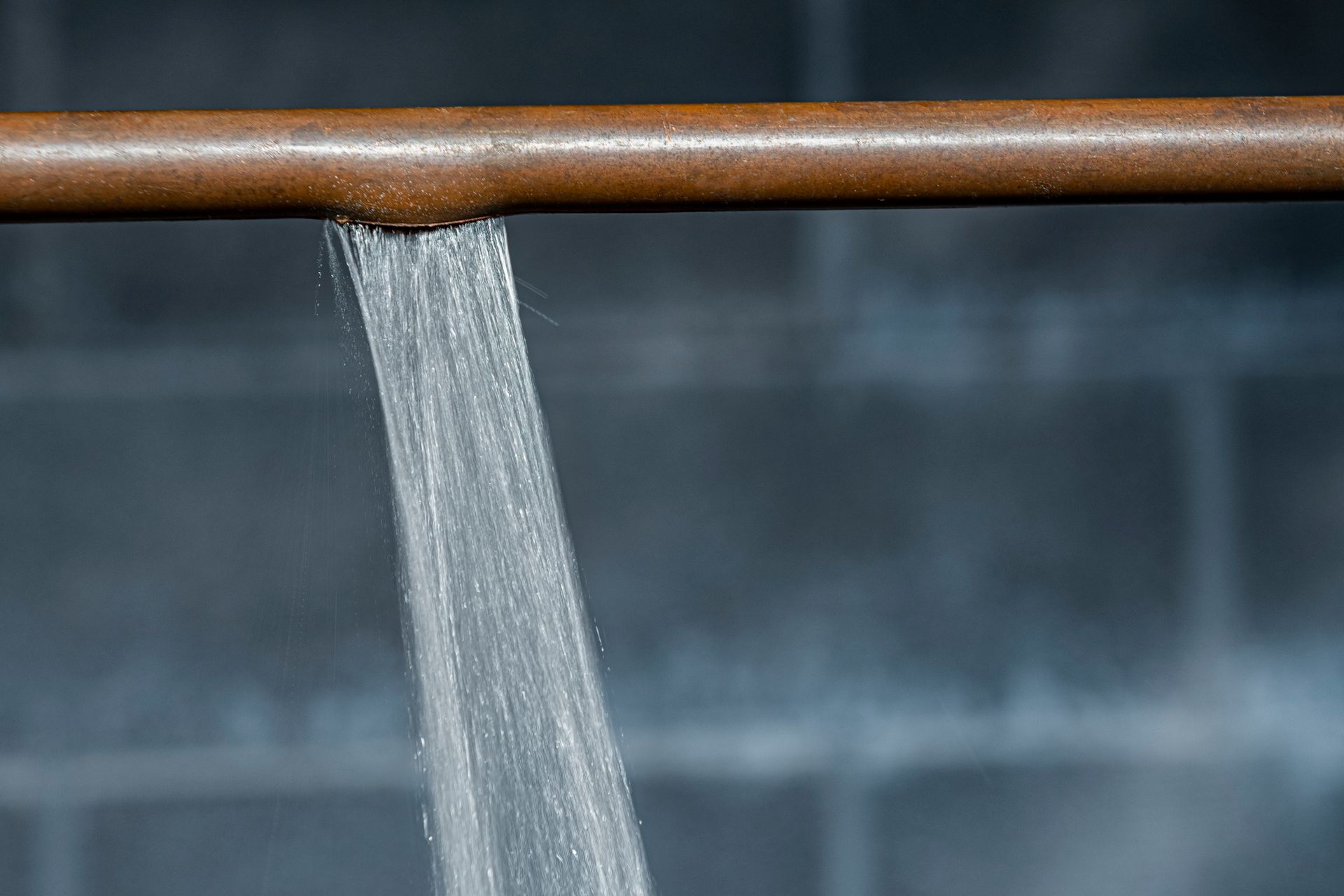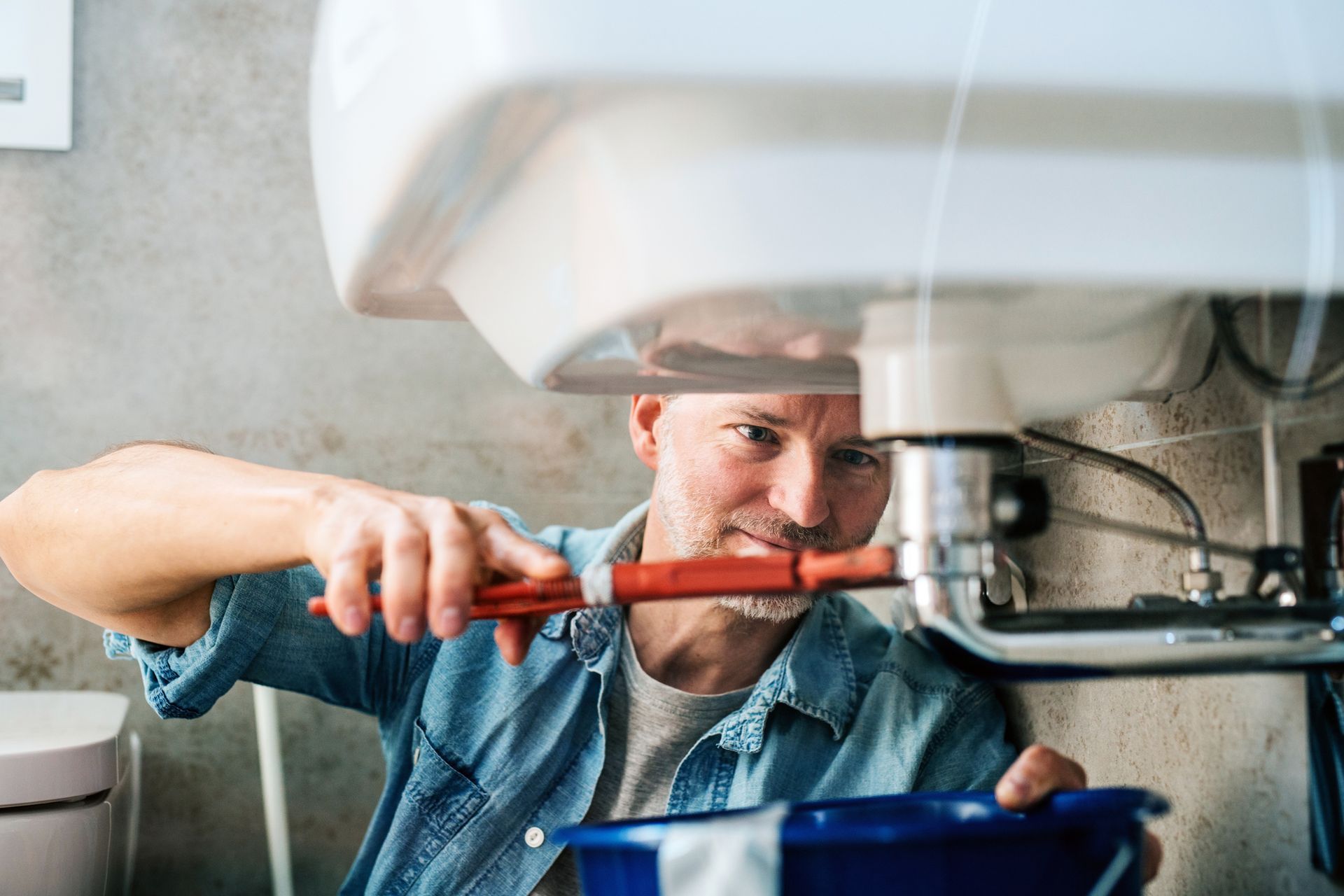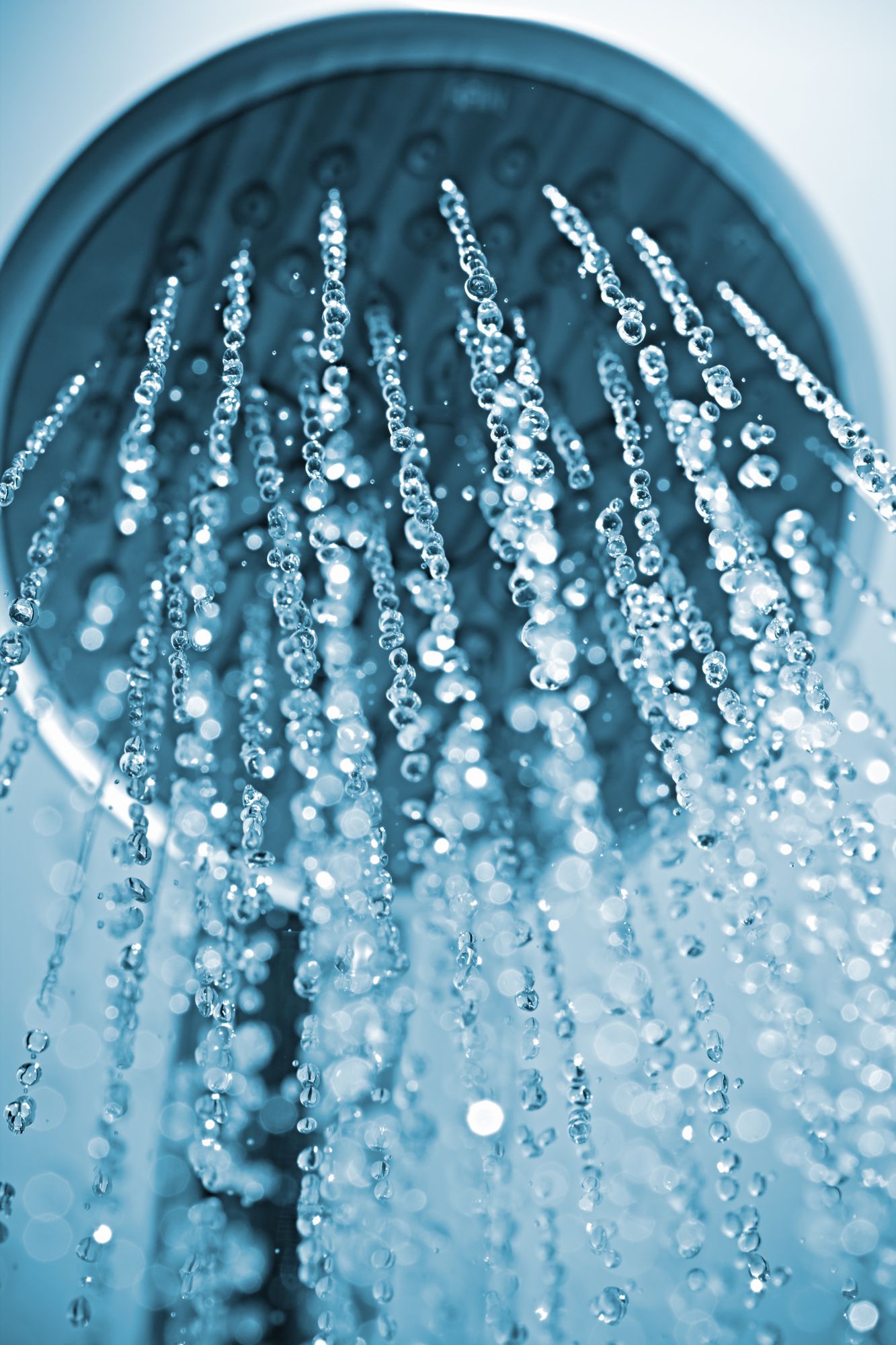5 Strange Plumbing Symptoms and Their Meanings

Not all plumbing problems explain themselves through their outward symptoms. While you might immediately recognize an obvious water leak on your kitchen floor or a clogged drain that makes a sink or tub unusable, other trouble signs may only produce confusion rather than pointing toward clear causes and solutions.
Here are five unsettling issues homeowners may encounter.
1. Shaking or Knocking Fixtures
Sometimes a plumbing fixture may start to shake or vibrate for no clear reason. You may have noticed this shaking motion in your kitchen sink faucets, shower heads, or other points where water drains from the system. This motion may occur alongside rattling or knocking noises at the fixture or from wall-mounted pipes.
These symptoms usually stem from a problem known as water hammer. Water hammer occurs when compressed air enters the water supply. You may develop water hammer if you turn a faucet off especially quickly. The air bubbles bang against the insides of pipes and fixtures, producing noise and vibration.
You may need to get a water hammer problem fixed before it can damage your pipes. Some plumbing technicians may recommend the installation of an air chamber or a water hammer arrestor. Have your water pressure levels checked as well, since excess water pressure can sometimes cause knocking or shaking.
2. Water Running (When It Shouldn’t)
Strange plumbing noises don’t always take the form of knocking. You might hear water running through your kitchen or bathroom plumbing lines even when they go unused. If you don’t live in a shared-occupancy dwelling, you probably wonder why this phantom water usage occurs and what you can do about it.
The least worrying issue associated with mysteriously running water involves a toilet flapper problem. If the flapper in your toilet tank has worn out or sustained damage, it may not cover the hole in the bottom of the tank properly, meaning that the tank never fills, no matter how much water it receives.
Running-water noises elsewhere in the home may indicate a leaky pipe or hot water line, especially if you also notice wet spots on your ceiling or wall. Warmth emanating from the wet spot points to a leaky hot water line. Your plumbing technician can also inspect your hot water heater and replace any leaky components.
3. Cloudy Water
You might understandably hesitate to drink water that comes out of the tap looking cloudy instead of clear. Fortunately, this symptom doesn’t necessarily indicate the presence of toxins or other unwanted substances in your water.
In many cases, compressed air causes cloudiness in tap water. The countless tiny bubbles in the water make the water appear temporarily opaque instead of transparent. As the bubbles rise to the surface of the water and burst, the water quickly loses its troubling cloudiness.
If you have suddenly developed this kind of cloudy-water problem, municipal plumbing technicians may have recently done some work on local plumbing lines. This work can pressurize the air in attached residential plumbing systems.
4. Winter Water Failures
Some residential plumbing systems run flawlessly three seasons of the year, only to fail when winter arrives. If this problem sounds all too familiar, you may have a problem with your pipes freezing in cold weather. Water inside the pipe turns into a solid plug of ice that blocks the flow of water and air through the system.
A frozen plumbing pipe can quickly escalate into a plumbing emergency. The frozen water expands to place abnormal pressure on the pipe walls, raising the risk of a leak or break. As the ice thaws, water may burst or spill out of the affected pipe, flooding your home.
If you suspect that you have a frozen pipe, turn off the water supply to that pipe. Don’t try to thaw the pipe yourself; instead, call a plumbing expert to evaluate the situation. They will use the safest possible thawing techniques and deal with any leaks that occur. Your plumber can also advise you on how to insulate the pipe.
5. Bubbling or Peeling Paint
You probably wouldn’t associate deformities in your home’s interior paint job with a plumbing malfunction. However, the appearance of paint bubbles or peeling sections of paint on your wall or ceiling could mean that a water leak lies beneath the paint.
Moisture in a wall or ceiling substrate can make its way into latex paint layers, pulling the paint away from the substrate and producing water-filled bubbles. The moisture often comes from everyday condensation (especially in kitchens or bathrooms), but it can also indicate a leaky pipe or other plumbing component.
A plumbing inspection in and around these areas can confirm whether you need repairs to your plumbing system. If all appears well, you may simply need to control your home’s humidity level more effectively.
Jim Dhamer Plumbing and Sewer, Inc., can trace these and other bizarre plumbing trouble signs to their underlying causes, provide repairs, and make recommendations as needed. Contact us at 630-964-2222 if you need help with any aspect of your home’s plumbing system.
The post 5 Strange Plumbing Symptoms and Their Meanings appeared first on .
Leave A Reply
More Posts









